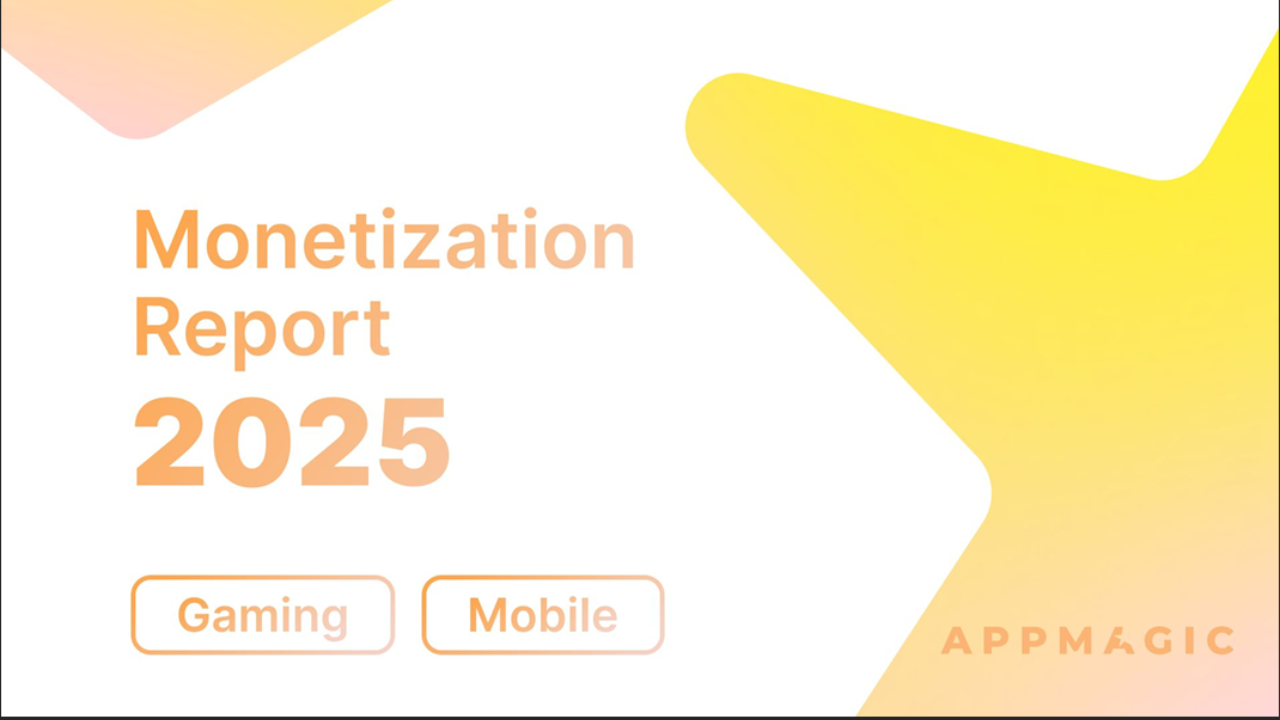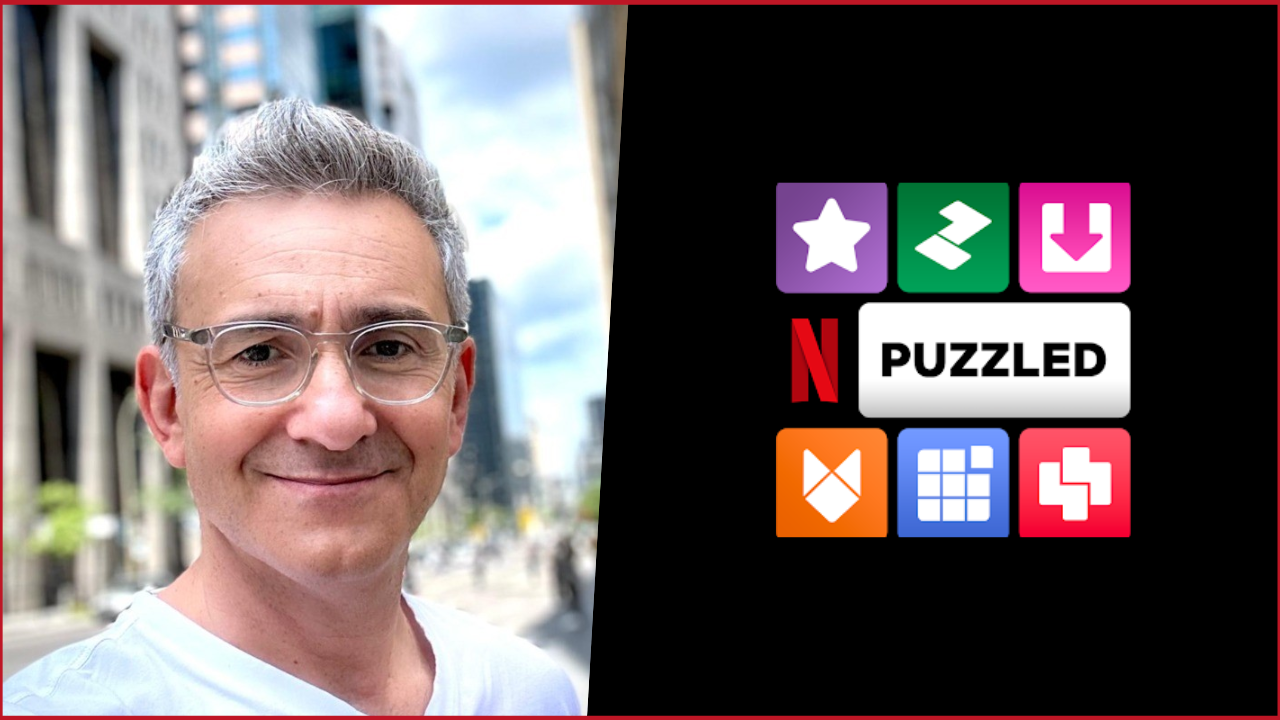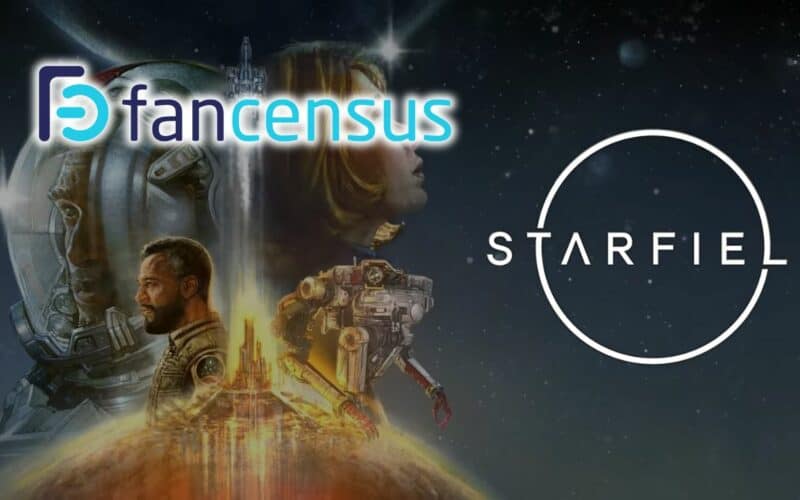Fancensus is a data analytics firm focused on the video game industry that boasts a team with diverse backgrounds, including professionals from major publishers like Konami, Take Two, and Warner Bros.
In this interview, Janes answers our questions and details how the company analyzes communication, commercial aspects, and community performance to provide actionable insights, mitigating risks for publishers and developers. He also describes Fancensus’s unique position, blending press, social, commercial, and consumer data through an automated engine for data capture and normalization.
We also delved into Bethesda’s Starfield and discussed the fluctuation of this highly anticipated game’s popularity and what to expect for its future. We thank him for the interview and go on to it right away.
Can you tell us what is Fancensus and what does it do?
Fancensus is a data analytics company focused on the video games industry. We’re a team of people who’ve worked at publishers like Konami, Take Two, and Warner Bros, gaming journalists, gaming influencers, and, of course, gamers! We track and analyze communications, commercial, and community performance of titles to identify trends in the market and, most importantly, reduce risk for publishers and developers by sharing actionable insight.
Can you please tell us about yourself, your expertise, and your role in the company?
I’m the VP of Commercial at the company and am responsible for working directly with our clients and the creation of analytic reports using our tool, Fusion, and its data. Outside of Fancensus, I also write for the website Nintendo-Insider and have several video game-focused books planned to be released over the next few years.
Fancensus describes its function as blending press, social, commercial, and consumer data to allow businesses to thrive. Considering these are completely distinct platforms, and some of them are even “analog,” if you will, can you tell us how Fancensus pulls that off? Is there too much manual labor involved, or is the whole process digitized?
When it comes to the actual capturing of this data, this comes down to our talented development team. We have developed an engine that automatically captures and normalizes the various information. But, as you say, the real challenge is managing data from a large number of different sources and what you do with it all. That’s where Fusion comes in. Our in-house tool allows our users to access all this information, create reports, and ultimately cross-analyze everything from social to commercial. It essentially provides the full picture of a product’s campaign or even a competitor’s.
Let’s talk about Starfield. As the whole game industry knows, it is the first new universe Bethesda created after two decades. Besides obvious reasons, what do you think pushed or forced Bethesda’s hand to do this?
Creative choice, perhaps. After all, I think everyone has this dream of exploring the vast universe and its many mysteries, and Starfield’s setting allows for this.
Fancensus tracked the data for Starfield and found out that although it was popular before its launch, post-launch popularity didn’t catch up with its hype. What do you think are the reasons behind this?
September is always a busy month for the industry, not just because it’s when we start to see bigger releases hitting stores, but because there’s always also a number of events and reveals for the games coming out before year-end. At the end of August, we saw a Super Mario Bros. Wonder Direct followed by a regular Direct a couple of weeks later. There was also a State of Play. Gamers were still playing through Baldur’s Gate 3. Nintendo surprise dropped F-Zero 99. TGS happened, and so on. I don’t think it’s necessarily an inability to deliver on the hype that dampened the game’s popularity, but rather, it had so much other news and events to contend with at the time.
Do you think Starfield’s popularity cooled down after the post-launch because of Bethesda’s habit of falsely advertising its products or overselling them, to say the least? May this have triggered the gamers to be cautious about Bethesda’s releases?
While it may have cooled, that tends to be the case post-launch for any game. Plus, the player numbers confirm that not to be entirely the case from a player’s perspective. It’s Bethesda’s biggest launch to date despite skipping an entire platform like the PS5.
Speaking of overselling, Todd Howard promised gamers 1000 planets to discover, explore, and have adventures in. Yet, all they get is many planets with a point of interest on it with a limited area to explore around them. Do you think this alone may have harmed the popularity and sales of the game?
Was that really overselling, though? You do have over 1,000 planets to explore, and while you can’t exactly land anywhere or walk a planet’s entire circumference, would we really have wanted that? It’s hard enough to populate a single map with interesting landmarks and things to do in an open-world game, let alone 1,000 planets’ worth.
Bethesda is famous among gamers for releasing games before they are finished and patching them up along the way, as we see from the Fallout 76 example. Do you think Starfield suffers from the same fate?
100% not. The game had seen significant delays from its original 2022 release window, which shows Bethesda and Xbox’s dedication to making sure they were happy with the quality of the end product. From my experience, while the game isn’t 100% bug-free, it definitely feels like the most polished Bethesda game yet.
Can you briefly tell us your opinion about the game? What do you think it suffers from, and where does it succeed?
In terms of sheer scope, it’s amazing how big Starfield is. There’s just so much to see and do, and I feel Bethesda has done a remarkable job at making you feel a sense of awe when you visit a new planet. Where I think it does falter for me personally, however, is that it takes a good while to truly get going, and when it finally did, I think Starfield revealed itself to just not be the type of game for me. Perhaps that says more about my tastes than the game itself, though.
Do you predict that the popularity and sales of Starfield will go down or up from this point?
With Xbox’s focus on the subscription service side, I believe sales will be less important. The real tell will be what the game has done to subscription numbers of Game Pass. With console owners complaining about a lack of exclusive AAA releases, I believe Starfield will be the first step in attracting new gamers to the console and service. Xbox just needs to make sure they continue this momentum beyond Starfield.

Ryan Janes
VP of Commercial, Fancensus





